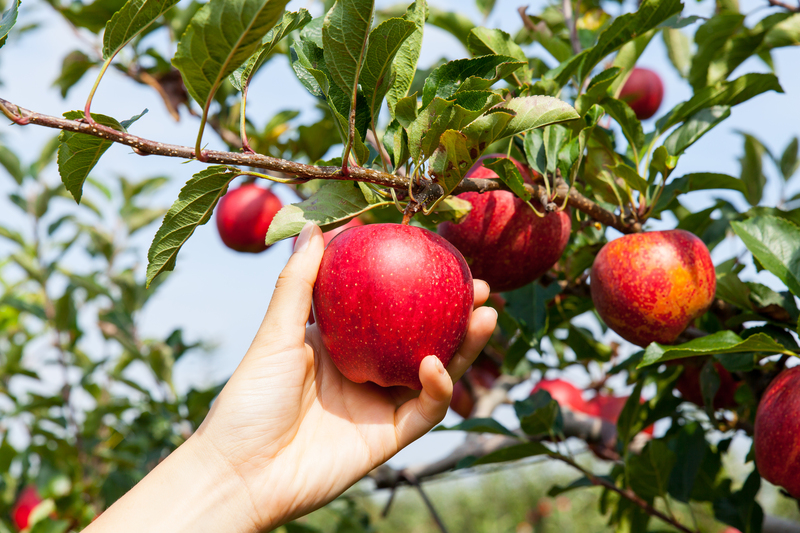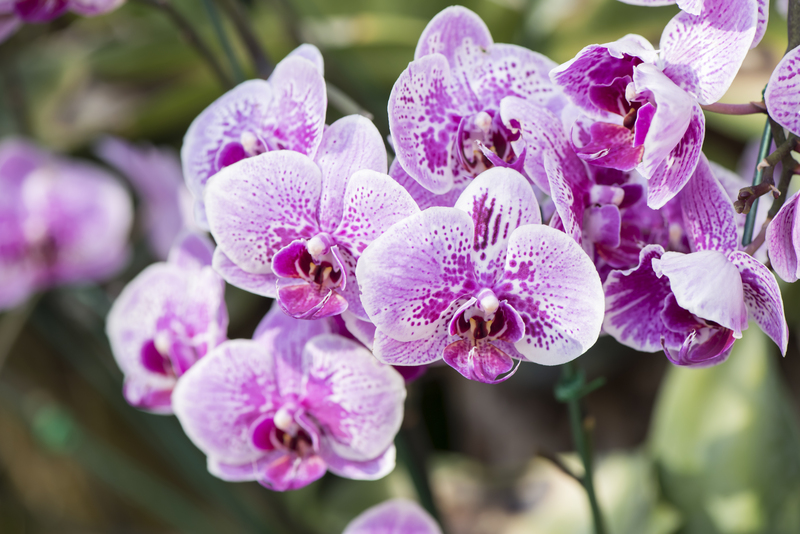Guide to Growing a Robust Lawn from Seed
Posted on 28/01/2025
Creating a robust lawn from seed offers numerous benefits, including cost savings and the satisfaction of nurturing your own lush green space. This guide aims to offer valuable insights into achieving a picture-perfect lawn right from the seed stage.
Choosing the Right Seed
Selecting the appropriate grass seed is the foundation of a healthy lawn. Factors such as climate, soil type, and sunlight exposure need to be considered.
- Climate: Choose a seed variety suited to your climate. Cool-season grasses, such as Kentucky bluegrass and fescue, thrive in cooler climates. Warm-season grasses like Bermuda and zoysia are optimal for warmer regions.
- Soil Type: Conduct a soil test to determine its pH and nutrient levels, and opt for a seed that matches the soil conditions.
- Sunlight: Grass types vary in their sunlight requirements. Ensure the selected seed meets the sunlight conditions of your lawn area.

Preparing the Soil
Proper soil preparation is crucial for seed germination and root development. Here's how to get your soil ready:
- Remove Debris: Clear the area of rocks, sticks, and old grass.
- Till the Soil: Loosen the soil to a depth of about 4 to 6 inches using a tiller.
- Add Nutrients: Incorporate organic matter such as compost into the soil, and apply a balanced fertilizer based on your soil test results.
Seeding the Lawn
Accurate seeding ensures uniform lawn growth. Follow these steps for an even spread:
1. Seed Spreading: Use a broadcast spreader for large areas and a drop spreader for small plots to evenly distribute seeds.
2. Rake and Compress: Lightly rake the soil to cover the seeds and then compress the soil using a roller to ensure good seed-to-soil contact.
3. Watering: Water the seeded area gently but thoroughly. Maintain consistent moisture in the top 1 inch of soil until germination occurs.
Post-Planting Care
The first few weeks are critical for seed germination. Here's how to ensure your lawn thrives:
- Watering Schedule: Keep the soil consistently moist but not waterlogged. Water lightly multiple times a day initially and gradually reduce frequency as the grass establishes.
- Mowing: Once the grass reaches about 3 inches in height, mow it down to around 2 inches. Ensure the mower blade is sharp to avoid damaging young grass.
- Fertilizing: Apply a starter fertilizer with high phosphorus content to support root development after the first mowing.
Dealing with Weeds and Pests
Unwanted weeds and pests can hinder your lawn's growth. Take preventive steps early on:
- Weed Control: Use a pre-emergent herbicide to prevent weeds. Hand-pull any weeds that do appear.
- Pest Management: Monitor your lawn for signs of pests like grubs or armyworms. Use appropriate insecticides if necessary.
Pros and Cons of Growing Lawn from Seed
Pros:
- Cost-Effective: Seeds are significantly cheaper than sod.
- Versatility: A wide range of seed varieties available.
- Root Strength: Grass grown from seed tends to have stronger root systems.
Cons:
- Time-Consuming: Takes longer to establish compared to sod.
- Maintenance Intensive: Requires diligent watering and care in the initial stages.
- Susceptibility: Higher vulnerability to weeds and erosion during early growth.
Tips for a Successful Lawn
- Optimal Timing: Plant seeds in the fall or spring when temperatures are moderate, and rainfall is typically more consistent.
- Seed Selection: Always choose high-quality seeds with a high germination rate.
- Patience: Be patient, as a seeded lawn takes time to establish itself fully.

Takeaways
- Ensure you select the right seed for your climate and soil.
- Invest time in proper soil preparation before seeding.
- Consistent watering and care are vital in the early stages.
- Monitor for weeds and pests to protect your young lawn.
Conclusion
Growing a robust lawn from seed requires a dedicated approach, but the results are well worth the effort. By selecting the right seed, preparing your soil properly, diligently watering, and protecting your lawn from weeds and pests, you can cultivate a lush, healthy green space. Remember, patience and consistency are key to achieving the lawn of your dreams.




